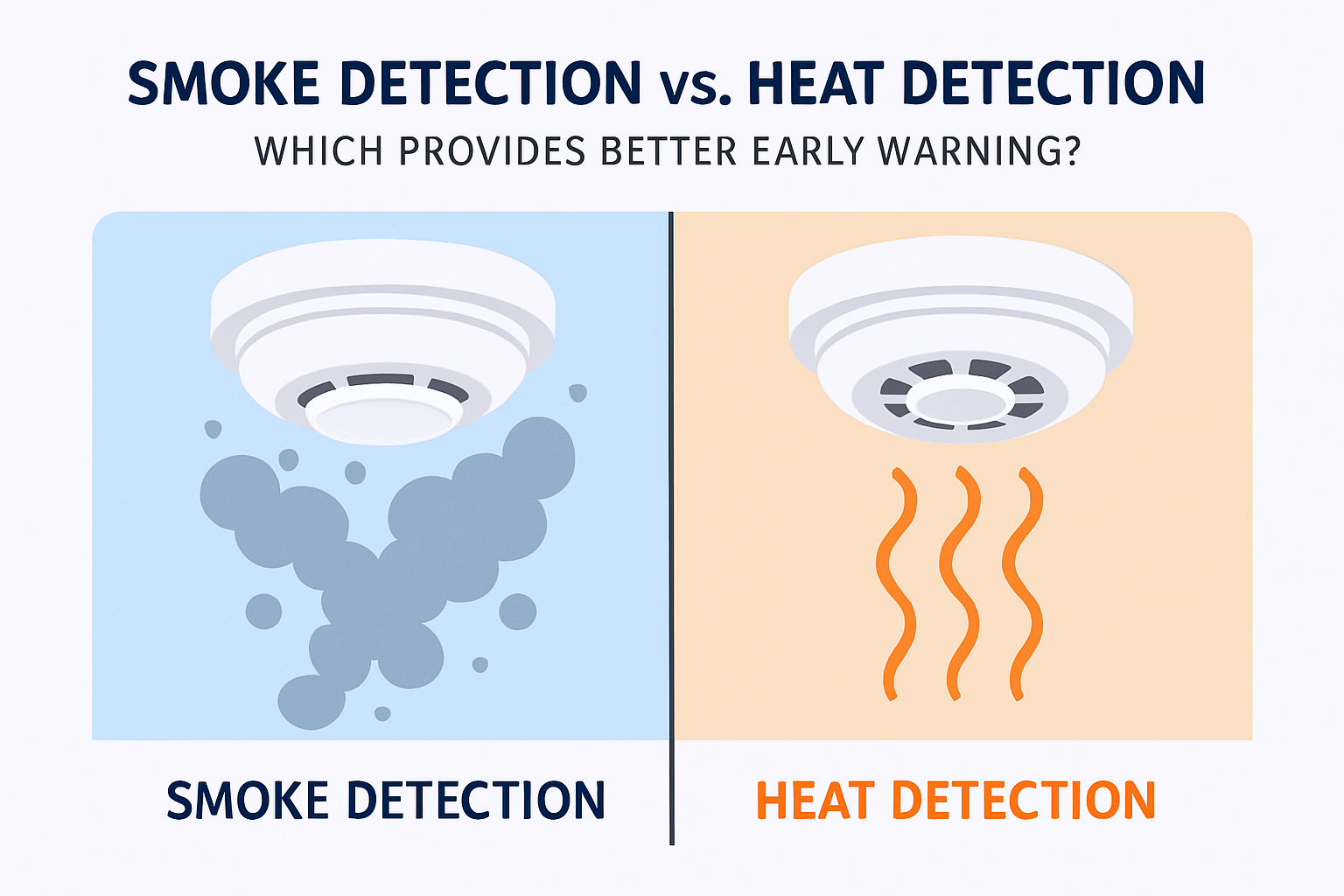Maintenance Requirements
Smoke Detector Maintenance
- Test monthly using the test button
- Vacuum every 6 months to remove dust
- Replace batteries annually (for battery-powered units)
- Replace entire unit every 10 years
- Clean with compressed air if false alarms occur
Heat Detector Maintenance
- Test annually using a heat gun or approved tester
- Check for physical damage or paint overspray
- Verify proper spacing (typically 50-70 square feet per detector)
- Replace every 10-15 years depending on manufacturer
- Clean with a dry cloth if dusty
SRJ Piping India offers comprehensive annual maintenance contracts to keep your detection systems in optimal condition.

